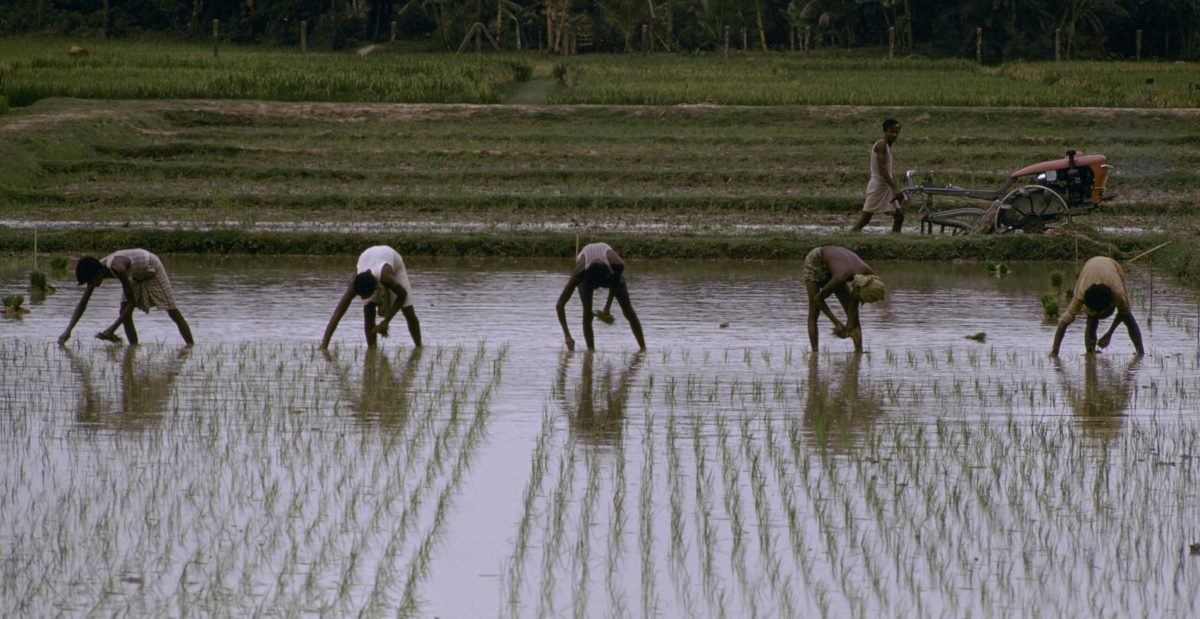Howarth Bouis, HarvestPlus Founding Director and World Food Prize Laureate
The recent approval in the Philippines of Golden Rice, a variety enriched with pro-vitamin A, adds another long-awaited tool for treating vitamin A deficiency (VAD) in Low and Middle Income Countries (LMICs).
Carefully controlled scientific studies in the 1980’s showed that death rates among 1-5 year olds, could be lowered by an astonishing average of 24% through administration of high dose vitamin A capsules once every six months. Since the early 1990’s, more than 10 billion vitamin A capsules have been administered at a cost of $1-2 per capsule. Millions of young lives have been saved.
Why has VAD persisted for so long? The answer is that low incomes and high food prices result in poor quality diets, lacking several minerals and vitamins, including vitamin A. The poor very much want to eat more vegetables, fruits, pulses, fish and meat each day which are rich in vitamin A, iron, and zinc (three micronutrients of highest public health concern), but their pocketbooks will not allow it.
Micronutrient deficiencies not only are associated with compromised immune systems (thus sickness is more frequent; bad episodes can result in death), but also with impaired cognitive development, shortness of stature (stunting), and low work productivity. Children and adult women are at highest risk due to rapid growth and reproduction, respectively.
The United Nations will convene the very first Food Systems Summit this September. There is recognition that the pace of improvement in dietary quality in LMICs must be stepped up. Persistent poverty has increased under the COVID pandemic. While there is scope still for expanding “nutrition-direct” interventions such as supplements and commercial food fortification, in the longer-run it is more cost-effective and sustainable to address the underlying problem of micronutrient deficiencies through agriculture.
There are many ways, large and small, of intervening in agriculture to improve intakes of minerals and vitamins. Most obviously perhaps, non-staple food consumption can be increased by improving productivity and lowering their prices. The World Food Prize, for example, has recognized the importance of fish in diets in this year’s award, and the role of vegetables in its 2019 award.
A highly cost-effective, complementary strategy – through plant breeding – is to add minerals and vitamins to the food staples that the poor eat in large quantities each day. There is no vitamin A in milled rice, by far the mostly widely consumed food staple globally. Filipinos, especially those from low income groups, now have the option of substituting Golden Rice one-for-one for present rice varieties in their diets at no extra cost! Golden Rice will provide an average of 30% of vitamin A intake requirements.
The Golden Rice variety, now approved for commercial propagation, was developed using GMO techniques through a partnership of two institutions based in the Philippines, PhilRice and IRRI. Golden Rice is high yielding and uses the same farmer inputs and practices as currently popular rice varieties. Seeds cost the same and may be replanted by farmers from the previous harvest.
Golden Rice has been thoroughly studied and poses no safety threat to humans or the environment. Currently, GMO crops are grown by more than 15 million farmers on 190 million hectares in 29 countries. The consensus among Academies of Science globally is that – after decades of experience – transgenic crops introduced thus far are not harmful to the environment and are safe for human consumption.
Milled rice contains some amount of iron and zinc already. The scientific evidence is likewise strong that GMO techniques can add very significant additional amounts of iron and zinc to milled rice. In a few years, it can be expected that improved varieties of “Golden Rice” will provide additional vitamin A, iron, and zinc to Filipino diets – again at no extra cost to consumers. The yellow color with mark this highly nutritious rice in markets.
“Biofortification” is the term that has been coined to refer to this plant breeding strategy. Through HarvestPlus and its partners such as CIP, 340 varieties of conventionally-bred biofortified crops have been released in 40 countries and are in testing for release in another 20 countries, grown by an estimated 10 million farm households. Biofortification is a proven strategy.
Use of modern agricultural techniques makes biofortification an more powerful strategy by making it possible to increase the densities of micronutrients over what is possible through conventional plant breeding, and through the ability to add several nutrients to single varieties simultaneously.
Biofortification is but one among many interventions, all of which contribute to resiliency in reducing mineral and vitamin deficiencies. Biofortification is unique in that once varieties become well-integrated into farming systems, recurrent costs are exceptionally low. The plants do the work.



